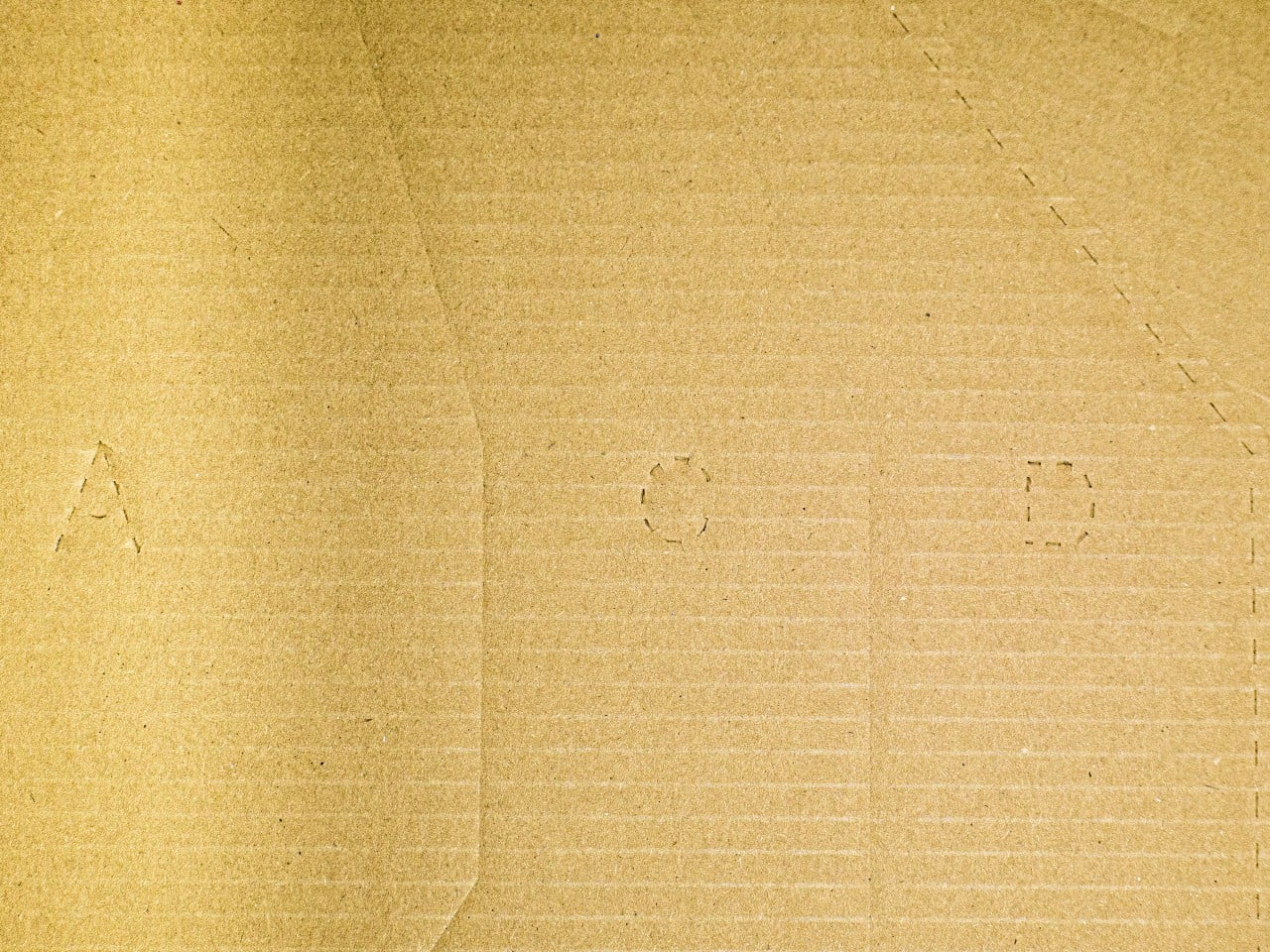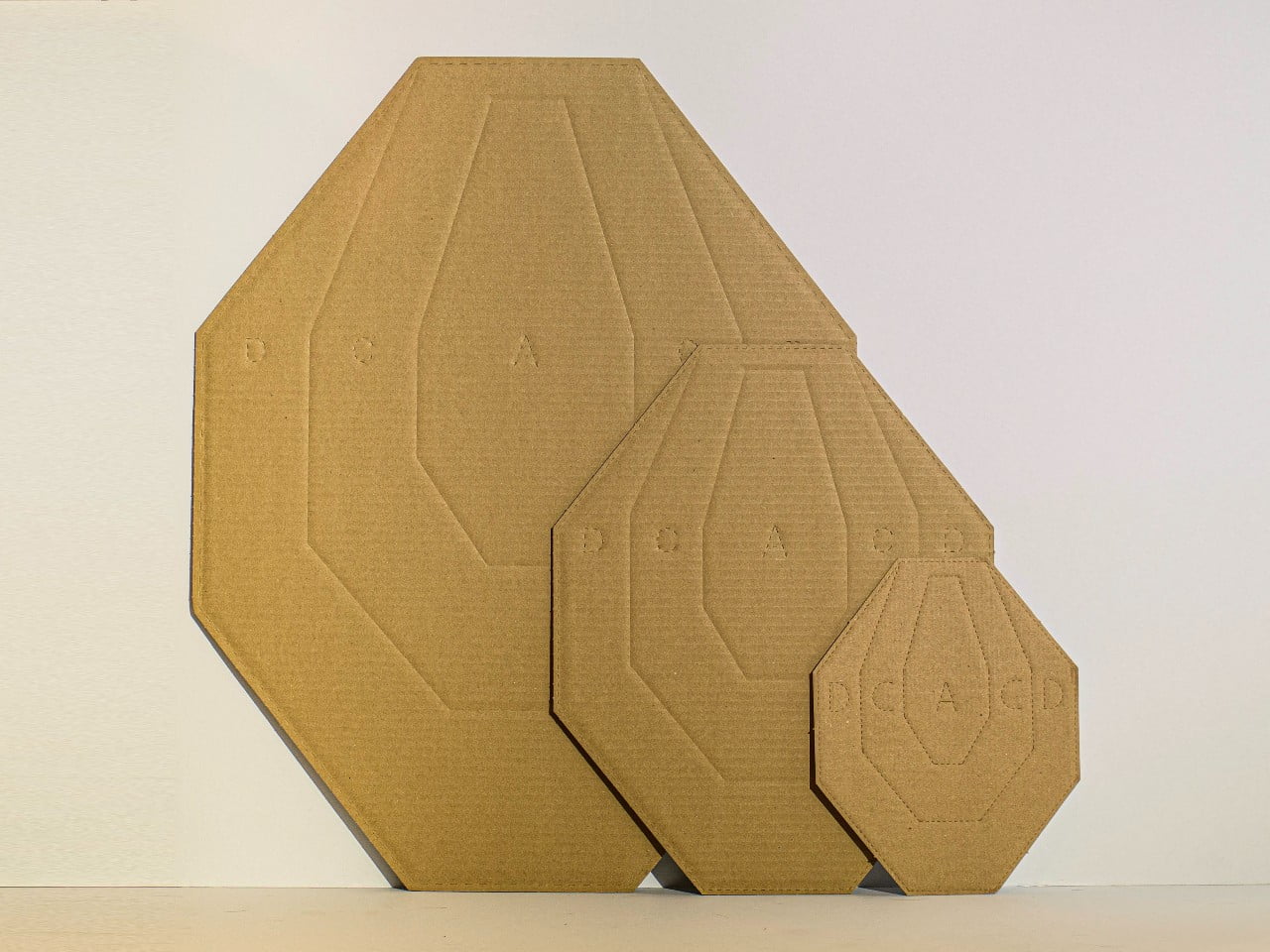
The Psychology of Effective IPSC Competition Targets
Introduction
IPSC (Global Practical Shooting Confederation) competitors are extremely demanding and need a mix of skill, strategy, and mental fortitude. To master these competitions, shooters not only need to have exact aim and fast reflexes but also comprehend the psychology behind successful IPSC competitors targets. In this short article, we will explore the complexities of the psychology that underlies successful IPSC competitors targets and explore how they can considerably affect a shooter's performance.
The Value of IPSC Targets
Successful IPSC competitors targets play an important role in the psychological element of shooting. They work as ipsc targets the centerpiece for shooters, affecting their mindset and identifying their level of confidence. The style, placement, and functions of these targets can greatly affect a shooter's capability to carry out under pressure. Let us now dive deeper into various aspects that add to the psychology of effective IPSC competitors targets.
The Psychology Behind Target Design
1. Size Matters: Discovering the Sweet Spot
When it concerns IPSC targets, size matters. The dimensions of a target need to strike a balance in between being tough enough to evaluate the shooter's skills while still allowing for precision. A target that is too big may not properly challenge the shooter, resulting in complacency and lack of focus. On the other hand, ipsc swinger targets Shoot N' Train a target that is excessively little can cause anxiety and overwhelm the shooter with its problem. For this reason, discovering the ideal size is important in developing successful IPSC competitors targets.

2. Struck Zones: Taking full advantage of Accuracy
A well-designed target ought to integrate hit zones that imitate real-life circumstances while supplying sufficient scoring chances for shooters. These hit zones should be tactically positioned to motivate shooters to focus on specific locations on the target. By maximizing accuracy through struck zones, shooters develop a sense of accomplishment and are most likely to experience success throughout competitions.
3. Reactive Features: Enhancing Realism
To add an element of realism and improve the psychological element of shooting, reactive functions can be integrated into IPSC targets. These functions may consist of falling plates, swinging targets, or acoustic feedback upon successful hits. By offering instant feedback and simulating real-life scenarios, reactive features add to the psychology of successful IPSC competitors targets.
The Impact of Target Placement
4. Range Matters: Challenging Precision
The positioning of IPSC targets at differing distances is crucial in challenging shooters' precision and focus. Targets placed at different distances require shooters to change their objective and adapt to altering scenarios. This element of target positioning checks a shooter's ability to handle pressure and make precise shots under different conditions.
5. Shooting Angles: Evaluating Adaptability
In IPSC competitions, shooters are frequently required to engage targets from several shooting angles. This element of target positioning includes an additional layer of complexity and mental difficulty. By forcing shooters to adapt to different shooting angles, successful IPSC competitors targets check their mental versatility and capability to quickly evaluate and engage targets from numerous perspectives.
6. Concealment: Mimicking Real-Life Scenarios
To duplicate real-life situations experienced by law enforcement officers or self-defense scenarios, IPSC competitors targets can be tactically placed behind barriers or partial concealment. This placement motivates shooters to make split-second decisions on when and where to engage the target, adding a psychological element of tension and urgency.
The Function of Target Presentation
7. Timing: Structure Mental Speed
The timing at which a shooter experiences a target substantially affects their performance. By providing targets at irregular intervals or integrating timed sequences, effective IPSC competition targets challenge a shooter's psychological speed and decision-making abilities. This element plays a crucial function in replicating dynamic scenarios that shooters may experience in real-life scenarios.
8. Visual Intricacy: Enhancing Focus
Successful IPSC competitors targets frequently incorporate visual complexity to simulate real-world environments. By including distractions or numerous targets within a scene, shooters are required to keep focus and rapidly identify the target that requires engagement. This element of target discussion improves a shooter's capability to prioritize and make accurate choices under pressure.
9. Target Movement: Evaluating Tracking Skills
Incorporating moving targets into IPSC competitors adds an additional layer of challenge and psychological need. Moving targets need shooters to track the target's movement while maintaining precision, replicating scenarios where targets may be in movement in real-life situations. Successful IPSC competition targets effectively evaluate a shooter's tracking abilities and mental agility.
Frequently Asked Questions
Q1: What is the significance of IPSC targets in competition shooting?
Successful IPSC competition targets function as the centerpiece for shooters, affecting their frame of mind and identifying their level of self-confidence. They play a vital role in tough shooters' abilities, improving realism, and mimicing real-life scenarios.


Q2: How does target style impact a shooter's performance?
Target design impacts a shooter's efficiency by providing the right balance between challenge and accuracy. The size, struck zones, and reactive features of IPSC targets substantially affect a shooter's mindset, self-confidence, and sense of accomplishment.
Q3: Why is target positioning important in IPSC competitions?
Target placement is necessary as it challenges shooters' precision, adaptability, and decision-making abilities. Varying distances, shooting angles, and concealment duplicate real-life circumstances and test a shooter's mental versatility under changing circumstances.
Q4: How does target discussion impact a shooter's performance?
Target discussion impacts a shooter's efficiency by developing psychological speed, improving focus, and screening tracking abilities. Timing, visual intricacy, and moving targets add psychological demands that mirror vibrant circumstances experienced in real-life scenarios.
Q5: What are some crucial psychological aspects resolved by effective IPSC competitors targets?
Successful IPSC competition targets address key mental elements such as confidence, focus, versatility, decision-making under pressure, and imagination. These elements add to a shooter's overall performance in IPSC competitions.
Q6: How can shooters gain from understanding the psychology of effective IPSC competition targets?
Understanding the psychology of successful IPSC competitors targets allows shooters to establish a strategic technique to their training and competitors preparation. By recognizing the effect of target design, positioning, and discussion on their mindset, shooters can refine their abilities and improve their performance.
Conclusion
The psychology of successful IPSC competition targets includes numerous factors such as target style, placement, and presentation. By understanding how these elements influence a shooter's frame of mind and performance, shooters can establish strategies to optimize their training and competition preparation. Successful IPSC competition targets challenge shooters' skills, enhance realism, and imitate real-life situations. By integrating the psychological elements resolved by these targets into their training routines, shooters can enhance their capabilities to carry out under pressure and master IPSC competitions.